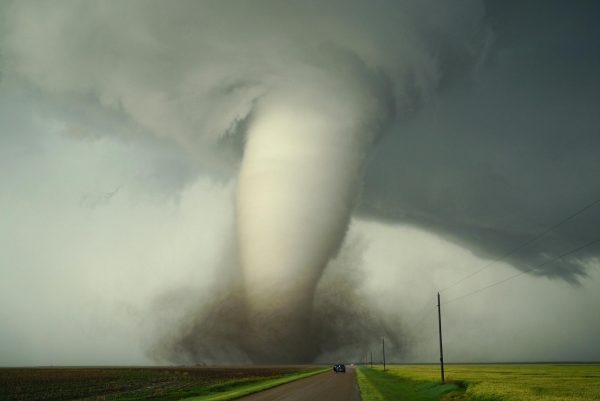Microsoft is Going Carbon Negative
Planet Earth faces a dilemma. Each year our atmosphere is flooded with excess greenhouse gases, including water-vapor (that’s not that bad), nitrous-oxide (okay, that’s not as great), and approximately 50 million metric tons of carbon dioxide. Yikes. That’s not good. Perhaps one could go as far as to label that as very, very bad. At the current rate the human-race is producing, greenhouse levels are predicted to skyrocket in the following years. The fact of the matter is that our planet cannot sustain its current atmospheric level, let alone what monster said level is expected to become. Society is on the rise of a worldwide crisis. And those who’ve contributed are starting to notice their mistake.
The Goal
Microsoft. Everyone loves Microsoft, right? No? Doesn’t matter. What does matter is that at its peak, Microsoft released roughly 11 million metric tons of carbon emissions into the atmosphere through various means. That level has been building since 1989 (approx.), and without interference would likely continue to grow throughout the foreseeable future. Luckily, the company seems to be working on just such an interference, as stated earlier this January. According to Brad Smith, president of the billion-dollar corporation, Microsoft is planning to be carbon-negative by the year 2030. Not carbon-neutral. Carbon-negative. This implies that Microsoft will be removing more carbon dioxide than it produces from the Earth’s atmosphere each year following the turn of the next decade. And that’s not all. Arguably an even more ambitious feat, Smith states that by 2050 Microsoft will have removed more excess carbon-dioxide from the ozone layer than it has ever produced. Period. This statement suggests that in 30 years, Microsoft will have removed more than 100 million metric tons of CO-2 from the Earth’s atmosphere. Here’s how they say they’re going to do it.
The Outline
Such an ambitious goal requires a framework. Something to root it into reality and convince the public of its possibility. Therefore, Microsoft has outlined 7 principles that will serve as legs to the massive table that is this undertaking. And boy is this a complicated table. Must be from IKEA or something.
“Grounding in science and math”- The base of the operation. All procedures taken are stated to be built off of mathematics and scientific research, resulting in the most reliable plan possible.
“Taking responsibility for our carbon footprint”- Don’t turn a blind eye. The company plans to take full responsibility for managing all past, present, and future carbon emissions.
“Investing for new carbon reduction and removal technology”- Carbon reduction is expensive. Microsoft plans to invest 1 billion dollars into the new Climate Innovation Fund. This fund will help jump start the globe toward becoming carbon negative as well.
“Empowering customers around the world”- Helping out the little guys. Microsoft plans on helping us, the humble consumers, reduce our own carbon footprints. How thoughtful.
“Ensuring effective transparency” – How’s it going over there? Expect an annual report detailing progress and any ongoing advancements. Think of it like a report card, but not really.
“Using our voice on carbon-related public policy issues” – Got your attention yet? The company plans to help draw attention towards carbon-based removal projects other than their own.
“Enlisting our employees” – The gears that make up the machine. Microsoft promises to keep its moving parts oiled in order to guarantee maximum efficiency during this change. That was a metaphor. They’re gonna look after their employees. Little to vague?.. I don’t care.
The Conclusion
Seems like Microsoft’s got quite a few decades to prepare for. Can they do it? Can they stick to their promises? Will they reach their goal by 2050? It’s a question I’m sadly not qualified to answer. But I’ve got hope. Hope that maybe this endeavor, whether it pans out or not, will inspire the rest of the world to follow in the company’s footsteps and fix this atmospheric issue we have created. In the words of Mr. Smith himself, “It’s time to get to work.”

Ryder "Jackelope" Paris is a Dover High School senior. He participates in the school orchestra and has appeared in multiple theatrical productions. He...










